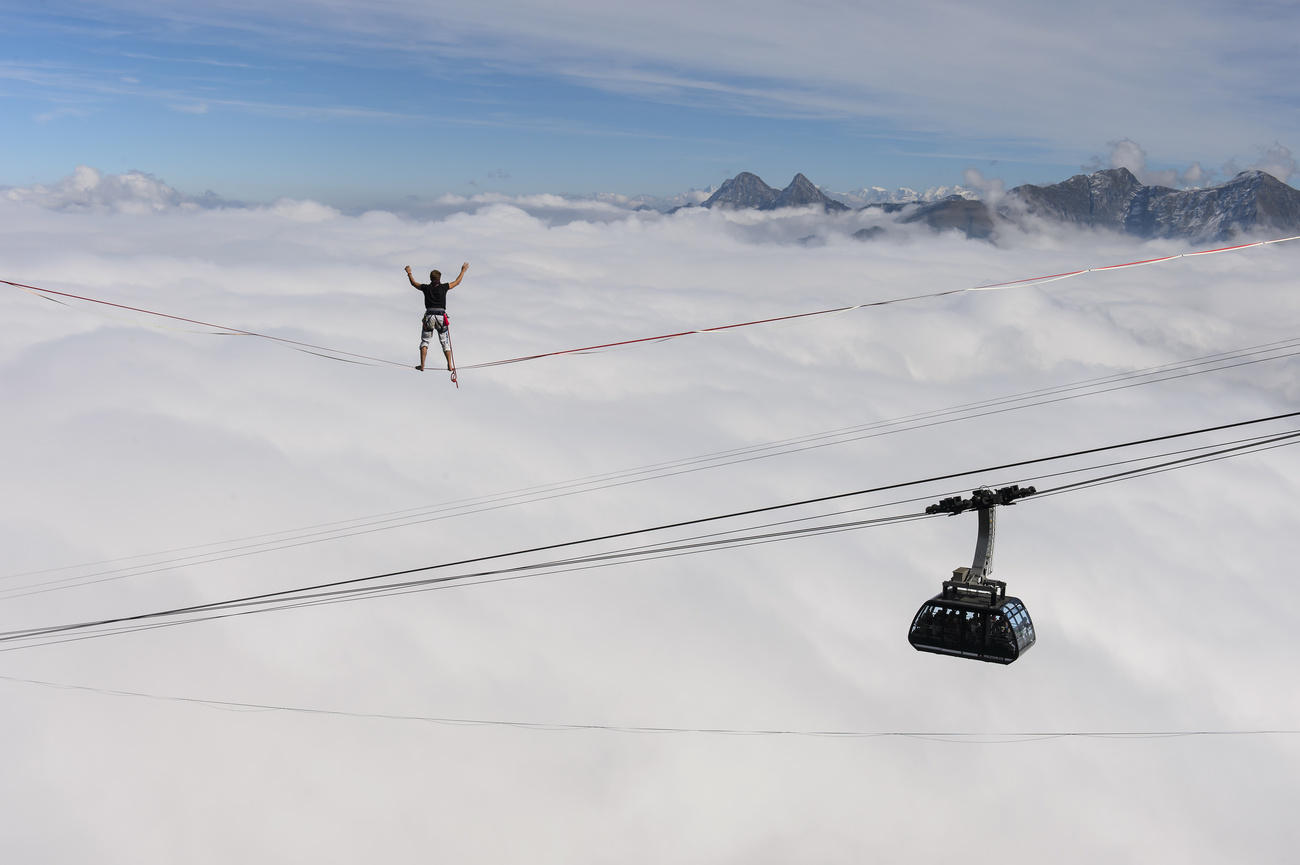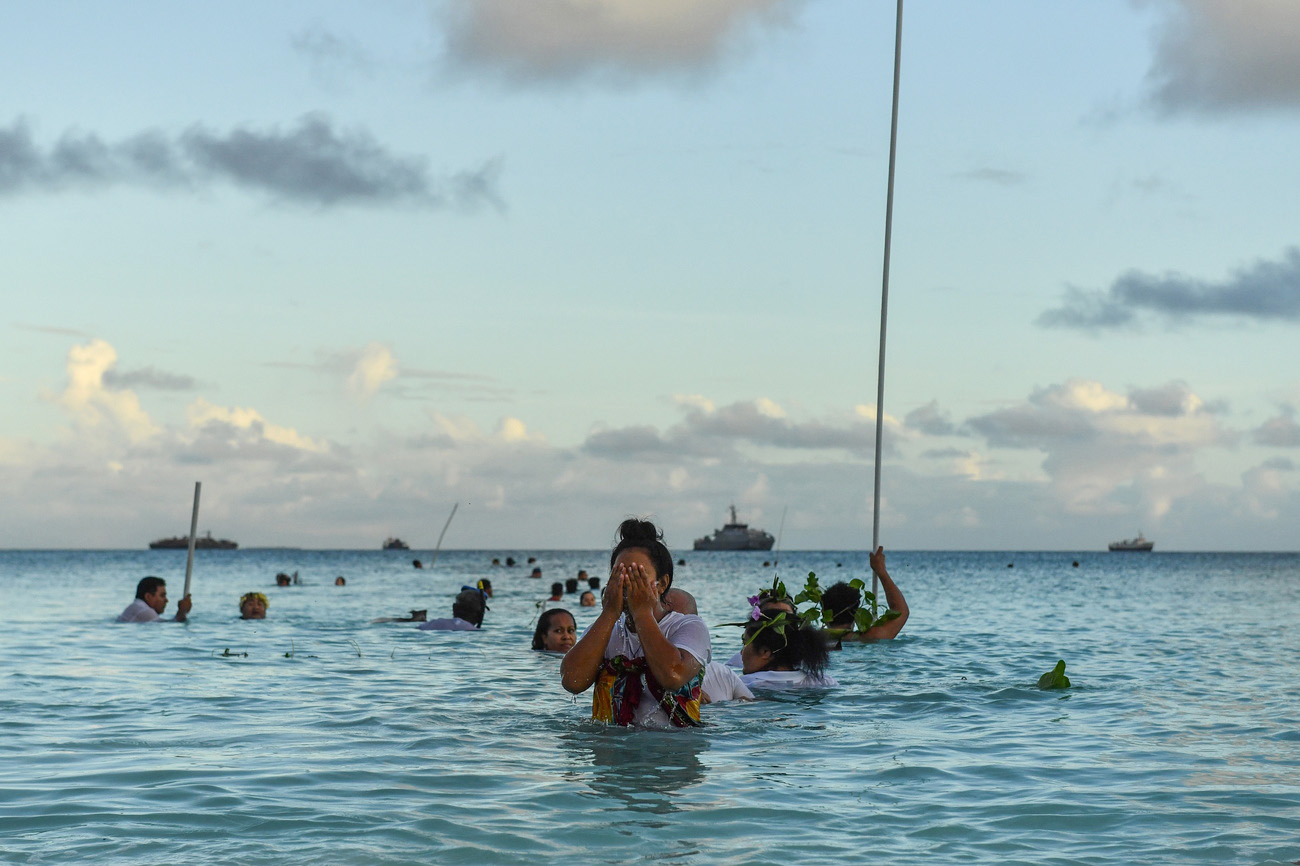
Mass tourism: How we can live with it
I’ve been realizing that the position I took on mass tourism a few weeks ago deserves a second look.
Then, I wrote that mass tourism as we know it in Switzerland today only creates losers. I was surprised by how many of you decided to write me directly to express your views.
Many of you agreed with me. You told me how mountain resorts like Grindelwald have become a “noisy, jostling chaos” and the mountain paths are “overcrowded” with “zip wires, go karts, skateboards, and mountain and e-bikes”. You said this resulted in walkers and hikers “being squeezed out because they are not big spenders”.
One of you issued a plea for limits to be placed on tourism “for the sake of the planet”, since the energy-intensive aviation sector is growing and with it, its share of CO2 emissions. “Quality not quantity,” is needed, you said, “which doesn’t mean five-star quality, but quality of experience”.
You also told me how American travelers you’d spoken to were surprised by the extraordinary number of tourists from Asian and Arab countries when they came to Switzerland expecting to experience the local culture.
Then one of you wrote that, for purely selfish reasons, you were glad large groups of tourists stuck to the hotspots so “I can travel in peace along lesser travelled paths to enjoy and discover the beauty.”
Is it all bad?
But I received a few responses from you that made me take a more nuanced look at the issue. In a nutshell, you argued that freedom to travel should remain a right while a balance must be found in order to manage mass tourism.

It’s likely that tourism will continue to grow during periods of relative economic stability, also as a result of cheap air travel, a development we’ve experienced globally over the past few decades.
Let’s take Interlaken as an example. Since I moved to Switzerland in the early 1990s, the number of nights all visitors spent in the town’s hotels has skyrocketed from just over 600,000 to over a million a year. To put that into perspective, for every Interlaken resident, there are 74 visitors.
The tourist mix has changed dramatically too. Formerly loyal German, Swiss and British hotel visitors have been replaced by Arabs from the Gulf States. Since 2003, nights spent in Interlaken hotels by the European groups mentioned above have decreased by 120,000 while those from Arab countries have risen from nearly non-existent to around 100,000. And Asians (mostly from China, Hong Kong, Korea and IndiaExternal link) account for 40% of total overnight stays.
One of you explained that tourists from some of these places don’t mind being part of the masses, whether promenading in Interlaken or queuing for a selfie in front of Lucerne’s Chapel Bridge.
“Indians lead a very public way of life,” you pointed out. “People don’t tend to travel alone. It is considered as a disrespect to parents if a child travels alone,” even if the son or daughter is a mature adult. In many cases, a group of Indians is an extended family of parents, children, and in-laws.
Coping
To cope with the influx, Interlaken could follow the lead of many popular destinations worldwide and introduce bans or taxes. Journalists like me love these kinds of approaches because they make for great headlines – like our recent article on Lucerne’s interest in the introduction of a fee on tourist coaches. But can they really stem the flow? I doubt it.
And Interlaken, a resort town in the Bernese Alps, may have too much to lose if it chooses to go down that path. The services sector accounts for nearly two-thirds of Gross Value Added (GVA) in the region, with businesses profiting either directly or indirectly from tourism.
The downside of allowing mass tourism to continue unabated is rising property prices that make accommodation for residents less affordable. There’s also the risk of economic over-dependence on tourism. The authors of a recent study also note the beginnings of a cultural clash between locals and overseas visitors who don’t share the same values.
The studyExternal link, conducted by the University of Bern and commissioned by Interlaken’s tourist office, weighed up the pros and cons of tourism development in the resort over the past few years.
Opportunities
Alongside the drawbacks, some of which I’ve listed above, the report outlines several opportunities, stating that Interlaken has become a more attractive place to live as proven by its population growth, while the appeal of its hotels for foreign investors keeps its economic competitiveness intact. And the authors argue that tourism has a multiplier effect – the francs and euros visitors leave behind trickle down into the construction industry as well as retail and other services.
Curiously, the study authors also concluded that tourists’ interest in Swiss folklore helps conserve local traditions, and although I may cringe at the thought of yet more cliched Instagram images of yodellers, alphorn blowers, bell ringers and the like, the authors say it’s a way of building bridges between communities.
So what are the recommendations?
Fortunately, the researchers have held back from simplistic headline-grabbing solutions. They suggest a concerted effort to raise awareness at the community level of the new realities of tourism, along with encouraging the active participation of citizens in the planning of new tourist infrastructure – Switzerland’s system of direct democracy can help here. The study authors advocate pursuing sustainable activities that have a low environmental impact while benefiting locals and call for campaigns to win back Europeans who don’t have to fly halfway round the world to get here.
The verdict is still out whether resorts like Interlaken can find a balance. But striving for that balance is vital, as tens of millions of Chinese and Indians will rise into the middle class in the coming years with a strong desire to see the same European sites, the same cities like Paris and Venice, and the same hotspots in the Swiss Alps.
If you’ve found a gem of a place in the Swiss Alps, are you telling the world about it on Trip Advisor or Instagram, or keeping the secret to yourself? I’d like to hear from you. dale.bechtel@swissinfo.ch. You can also follow me on Twitter @dalebechtel

In compliance with the JTI standards
More: SWI swissinfo.ch certified by the Journalism Trust Initiative








